
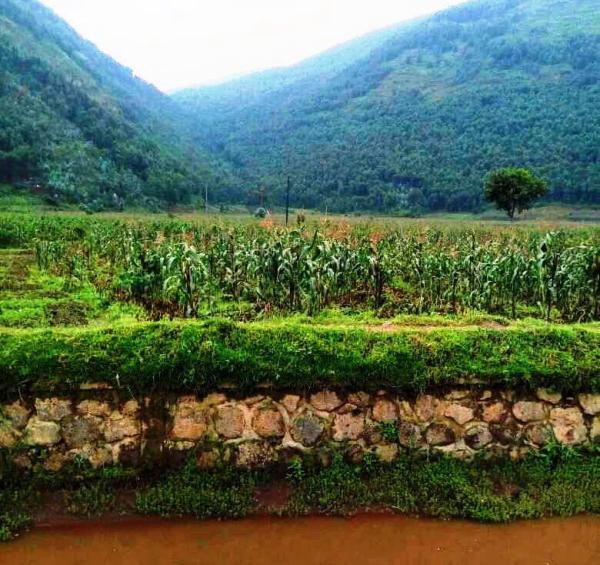
Rwanda is known as the country of a thousand hills, and many of those hills are found in designated protected areas or parks. Among the forests, each area has unique animals, including mountain gorillas, buffalo and a stunning variety of birds; our parks are used mainly for tourism. This protects the various species that live in the forest, provides conservation education and adds to the national income. Having protected areas for wildlife tourism is one of the country’s main economic strategies.
In Rwanda, the government supports the relationship between the people and wildlife. There are initiatives to educate rural people about wildlife protection and to support farmers whose crops have been eaten by animals that come down from the hills, such as gorillas, buffalo, elephants and antelope. People are not allowed to shoot these animals or eat them because they are protected. When an animal does appear, farmers are encouraged to notify the national park wardens. There is a telephone number locals can call and conservation officers will come to bring the animal back to the mountain or protected area.
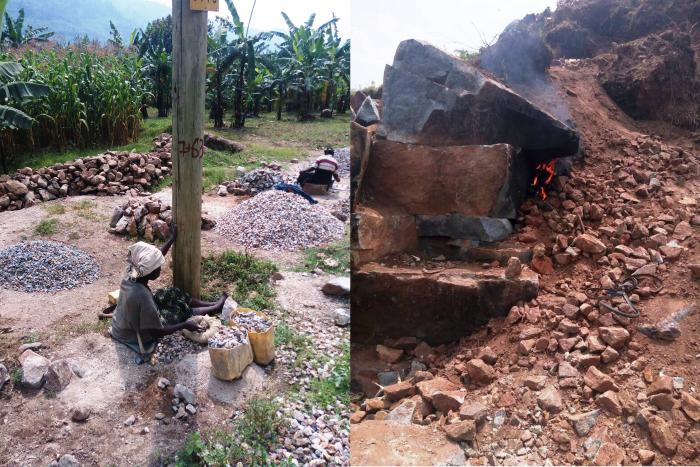
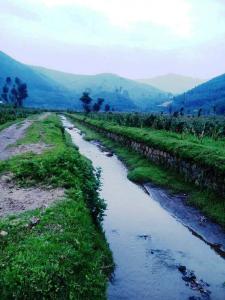
The Rwandan government is very active in restoration: the policy is that if you cut down one tree, you need to plant two in its place. The trees are provided by the government. People are only allowed to harvest in the forests and cultivate in areas that are not protected. In these photographs, you can see that there is a lot of farming, and most of it occurs at the base of the protected hills and on other flat areas. The river photograph shows the river that comes down from the mountain; the water is used for both irrigation and regular daily use.
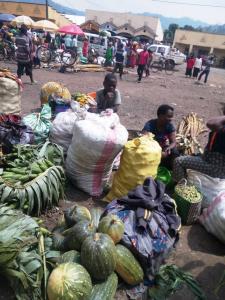
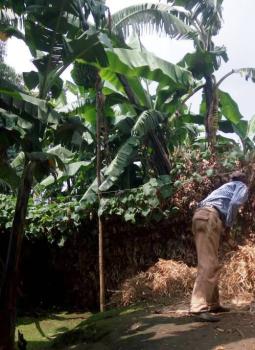
People are engaged in conservation and work to protect the environment here. For example, those who have bare land around their houses are often asked, “Why don’t you plant trees?” The government regularly provides young trees for people to plant on their land.
In my community, we enjoy discussing topics surrounding biodiversity and conservation, and are happy to work to protect nature. The whole country is learning about the environment together, and everyone is included in the conversation.
There is one day every month where the whole country is called to care for the land, and plant trees in particular. The president himself is involved, and joins in the planting. Conservation is a big part of lifein Rwanda, and people are learning more about it every day. Of course there are many challenges, but opportunities like publishing with Voices for Biodiversity have allowed me to further explore the important concepts of biodiversity and conservationwith my community. There is still so much— for me, for Rwandans and for the world— to learn.